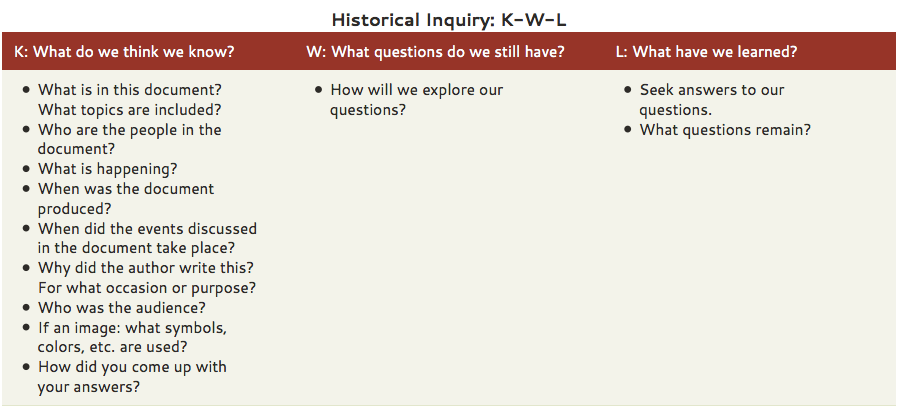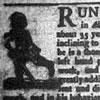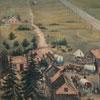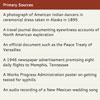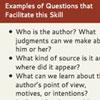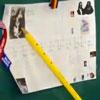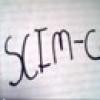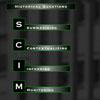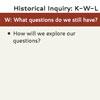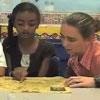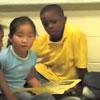Another strategy for analyzing primary sources uses the K-W-L method. Many elementary teachers use this method regularly, and it can be especially effective for helping young students analyze primary sources. The K-W-L method puts student observations, questions, and knowledge development at the center of the activity, helping students connect prior knowledge, look closely at primary sources, and develop good questions.
Start with “K”: What do I think I already know about this source? After students carefully read or view the source, brainstorm a list of things they know about the image, artifact, or document. To help students activate their knowledge, structure interactions with sources by asking questions such as: “What is in the source?” and “What do you think is happening?” (More examples are listed in this sample chart.)
Conduct the “W” portion: What do I want to know and how can I find out more? Ask students to brainstorm aspects of the source they are uncertain about, create a list of questions about the source itself, and think about how they might find answers to their questions.
During the “L” portion – what have I learned about or from this source? – seek answers to the questions. You can also return to them as you investigate other sources and topics for your history unit and as answers emerge from those explorations. If you decide to investigate some questions right away, have the class work together, or divide students into groups and assign each group a question to investigate. Groups can use such research resources as the Internet, school media center, or oral history interviews. Brainstorm and take inventory of remaining unanswered questions raised by students while investigating the source.
Source: Elise Fillpot, “Applying KWL Guides to Sources with Elementary Students”, National History Education Clearinghouse, accessed September 16, 2011.


